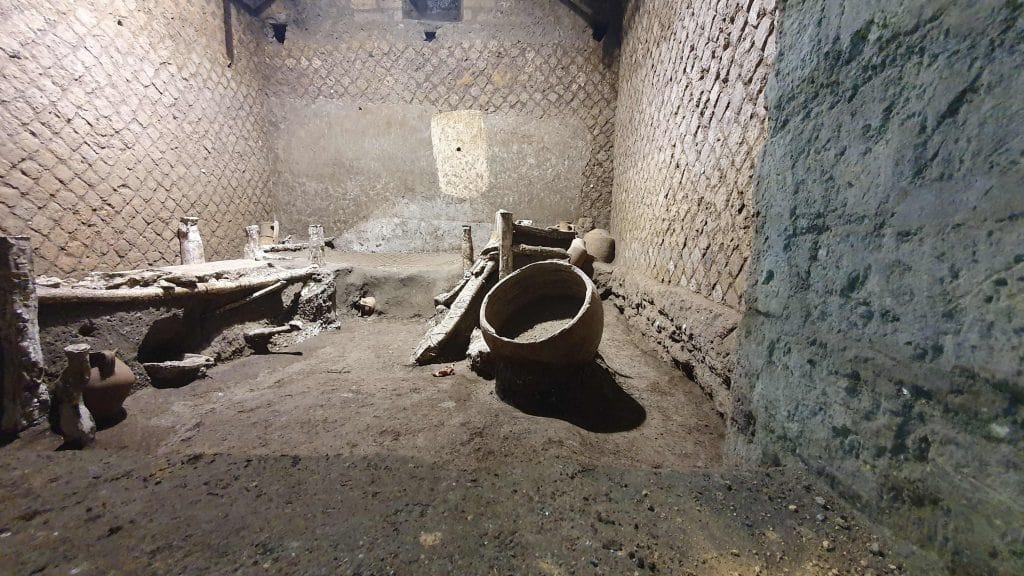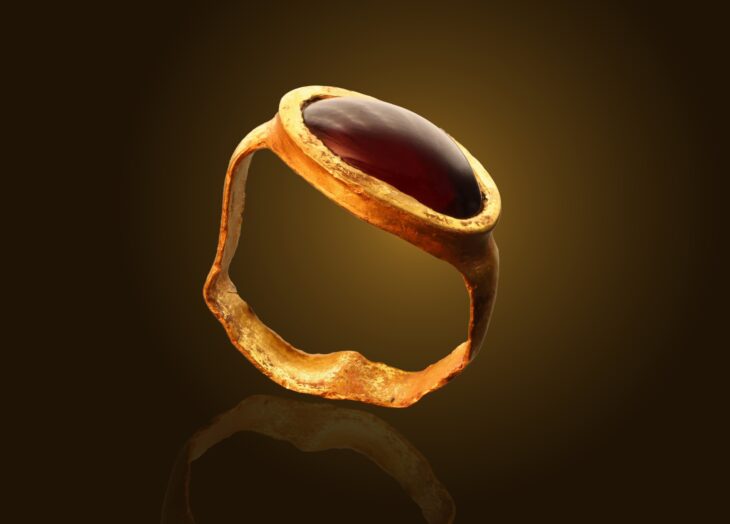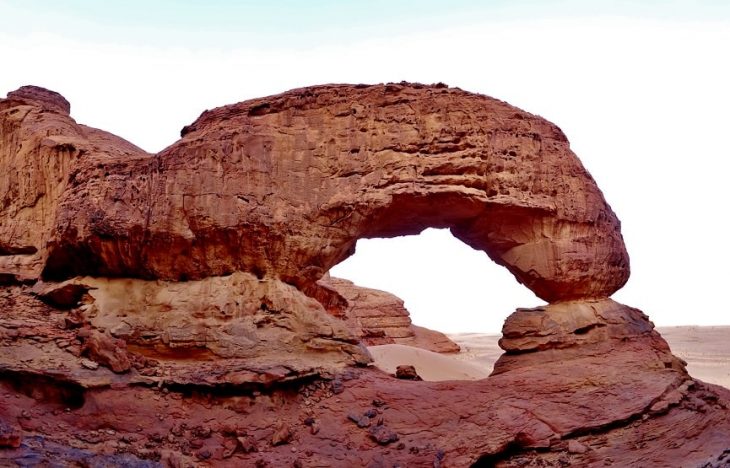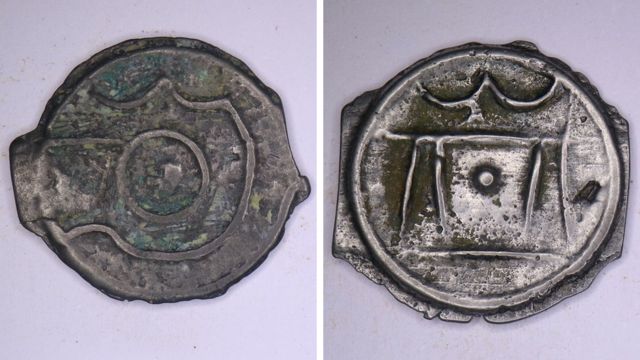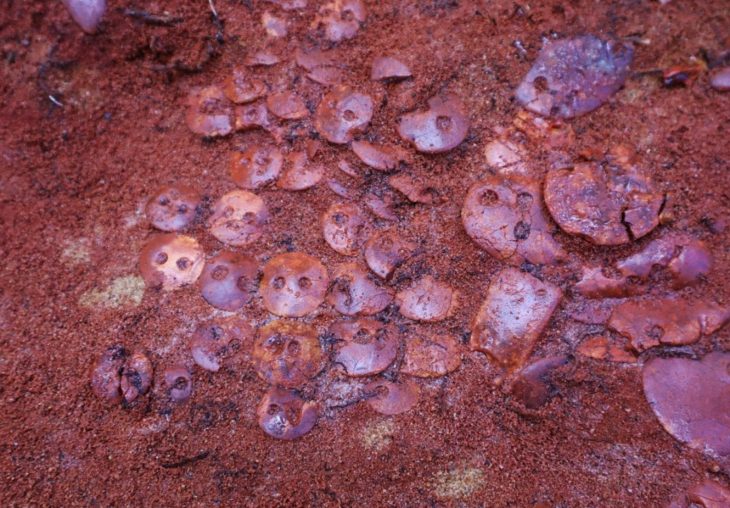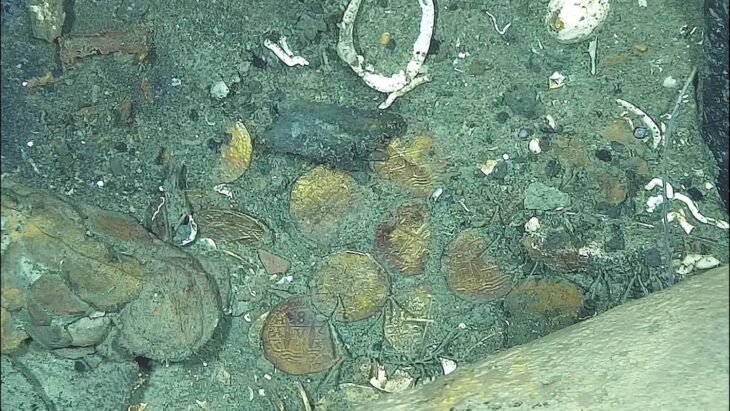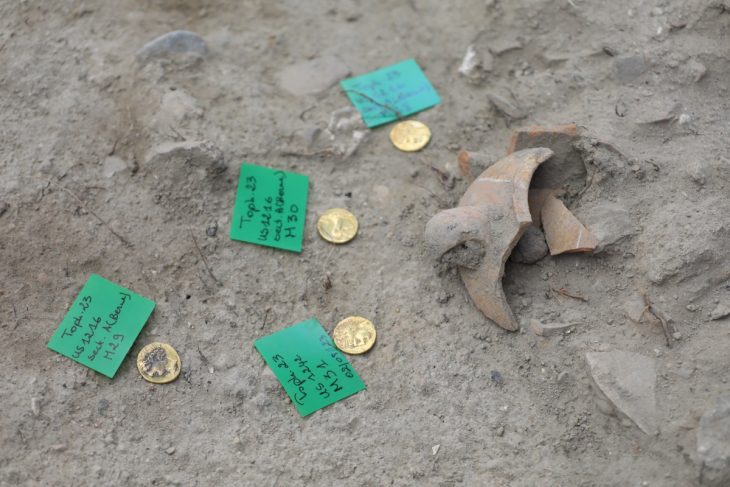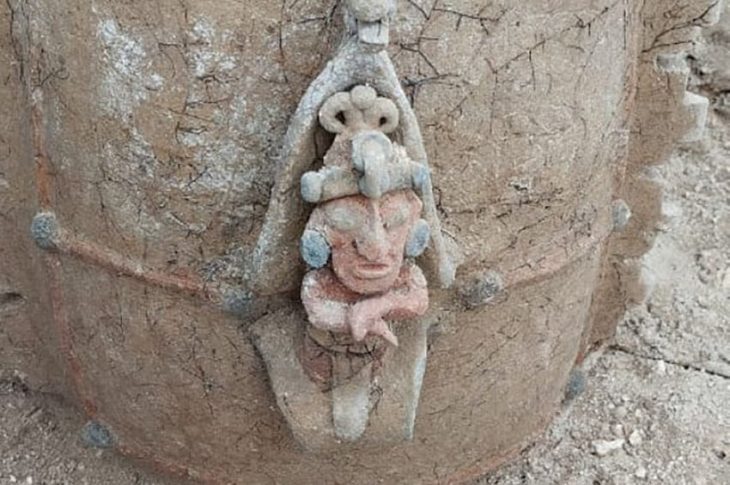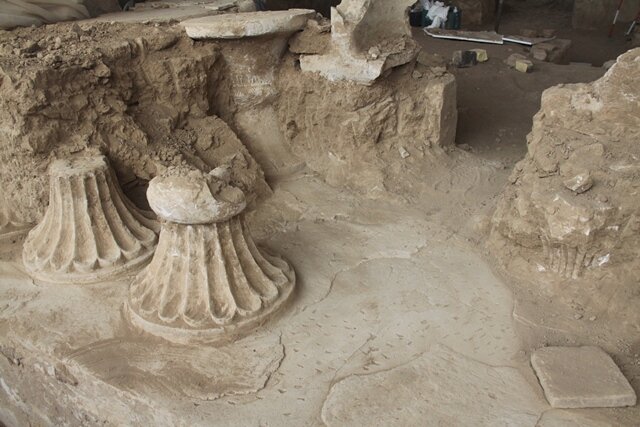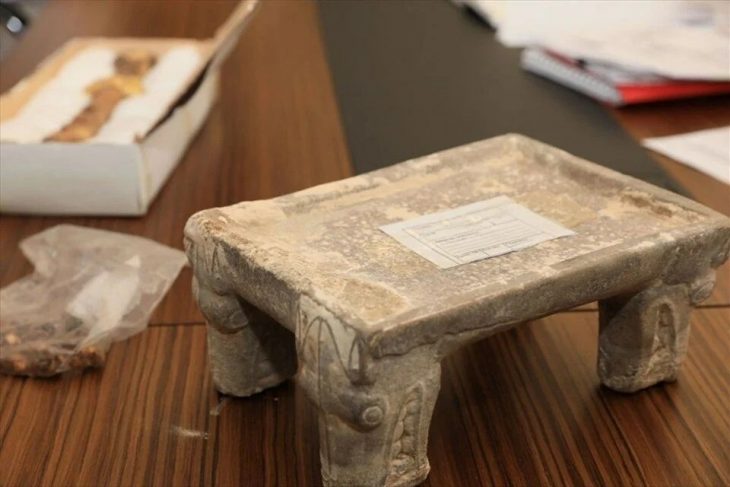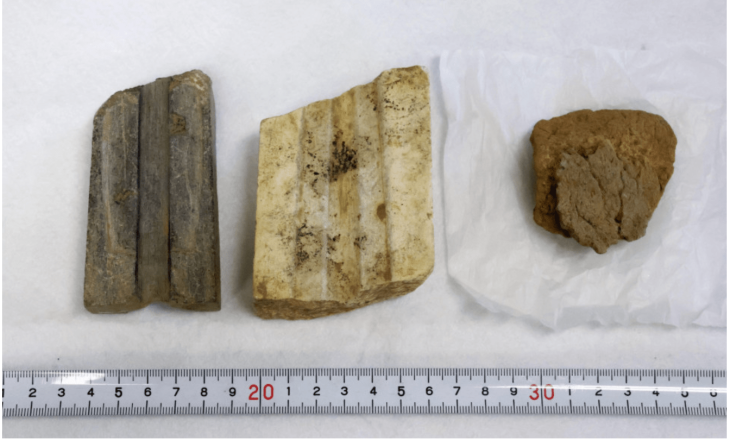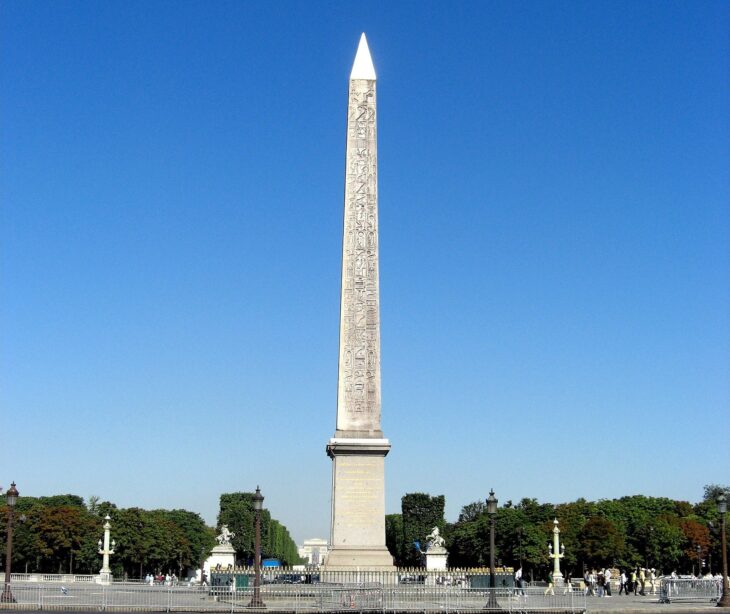Ella IDE Pompeii archaeologists announced Saturday the discovery of the remnants of a “slave room” in an exceedingly unusual find at a Roman house devastated over 2,000 years ago by Mount Vesuvius’ explosion.
Three wooden beds, a chamber pot, and a wooden chest holding metal and cloth goods were discovered in the restricted living quarters of a vast villa in Civita Giuliana, roughly 700 meters northwest of Pompeii’s city walls.
A virtually complete ornate Roman chariot was unearthed here earlier this year, and researchers said Saturday that the chamber most likely housed slaves responsible for cleaning and preparing the chariot.
The only natural light in the 16-square-meter area came from a single high window, and no wall decorations were visible.
Gabriel Zuchtriegel, Pompeii’s director-general, said the discovery was “exceptional”, “This is a window into the precarious reality of people who rarely appear in historical sources, written almost exclusively by men belonging to the elite.”
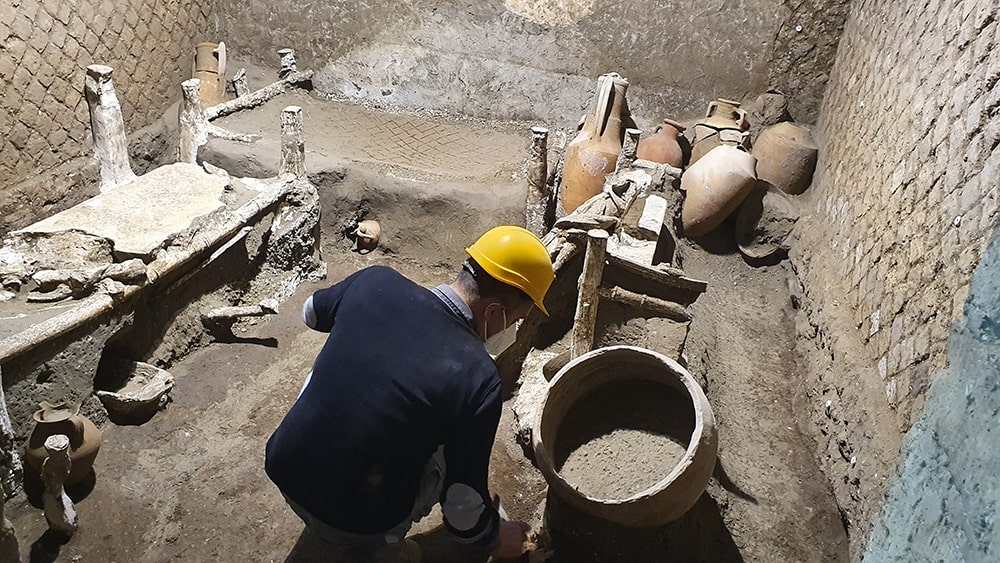
The “unique testimony” into how “the weakest in the ancient society lived … is certainly one of the most exciting discoveries in my life as an archaeologist,” he said in a press release.
The 16-square-foot (170-square-foot) room was a cross between a bedroom and a storeroom. There were 3 beds in the room.
The beds are composed of several roughly worked hardwood planks that may be modified to fit the height of whoever uses them. While two of them are around 1.7 meters long, one bed is only 1.4 meters long and may have belonged to a young man or child.
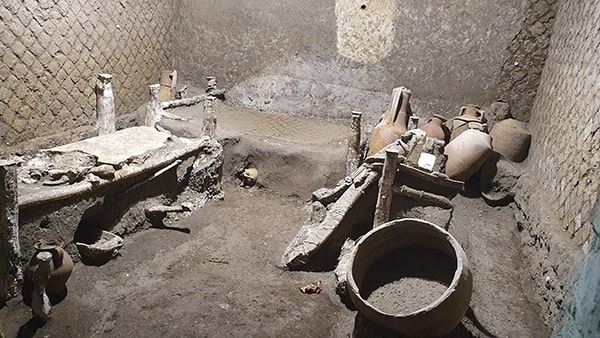
Several personal objects were found under the beds, including amphorae positioned to store private possessions, ceramic jugs, and a ‘chamber pot’.
The chamber was used for storage as well as a dormitory for a group of slaves – maybe a small family, as the existence of the child-sized bed would imply – as evidenced by the eight amphorae squeezed into the corners that were otherwise left open for this reason.
“The room grants us a rare insight into the daily reality of slaves, thanks to the exceptional state of preservation of the room,” the Pompeii archaeological park said.
Experts had been able to make plaster casts of the beds and other objects in perishable materials that left their imprint in the cinerite – the rock made of volcanic ash – that covered them, it said.
The excavation of the chamber is part of the work being done by the Archaeological Park of Pompeii in collaboration with the Torre Annunziata Public Prosecutor’s Office, which is supervised by the Chief Prosecutor Nunzio Fragliasso.
The Villa of Civita Giuliana had been the target of systematic looting for years. There was evidence some of the “archaeological heritage” in this so-called slave room had also been lost to looters, the park said.
Damage by grave robbers in the villa had been estimated so far at almost two million euros ($2.3 million), it added.
Massimo Osanna, Director-General of Museums, “The study of this room, which will be enriched by the results of ongoing analyses, will allow us to uncover new and interesting information on the living conditions and lives of slaves at Pompeii and in the Roman world,” he said.

